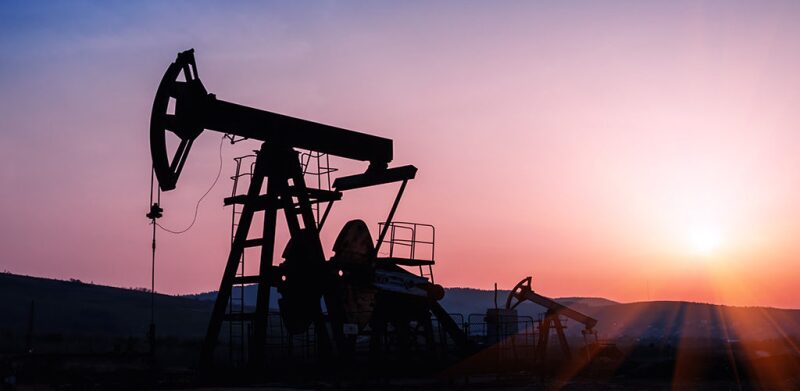After a year’s worth of hyperactive volatility, the outlook for oil production next year looks positively comatose.
Both the big oil-producing countries in OPEC and the US shale producers appear likely to be delivering volumes in between the lows reached during the worst of the COVID-19 demand swoon and last year’s all-time high.
With another surge in COVID-19 cases in progress worldwide, OPEC said it would stick with its current quotas because moves to slow the incidence of the infections are likely to stall demand growth, or worse.
“While the third quarter recovery in some economies was impressive, the near-term trend remains fragile, amid a variety of ongoing uncertainties, especially the near-term trajectory of COVID-19,” according to OPEC’s monthly outlook.
OPEC+, which includes Russia and other countries from outside the 13-member organization, predicted demand rising to 96.84 million B/D in the monthly report, down 80,000 B/D from its previous outlook, according to Reuters.
Oil prices rose after that news but also likely benefitted from optimistic reports from two vaccine developers that said their clinical trial results to date indicate effectiveness.
OPEC+ has delayed a 2 million B/D quota increase until January, and a report from Rystad predicted that it would be postponed again because of “a likely negative reaction in oil prices which we believe OPEC seeks to avoid,” said Bjornar Tonhaugen, head of oil markets for the energy data and consulting firm.
The outlook for US oil producers is also flat though next year, according to reports by the US Energy Information Administration (EIA) and Rystad.
EIA’s short-term energy outlook predicts daily US production to remain at around 10.6 million B/D through next year, well below the 12.9 million B/D peak in early 2020.
“The US crude oil production forecast reflects EIA’s expectations that annual global petroleum demand will not recover to pre-pandemic levels (101.5 million B/D in 2019) through at least 2021,” the outlook said.
While 54 rigs have gone back to work in the US since August, those are not expected to be able to drill the wells needed to make up for the declines in production from older wells. If the benchmark price of US oil remains above $45/bbl (WTI), then drilling is likely to pick up enough to push production up a bit during the second half, according to the EIA.
At this point, 2022 is looking like the year for the post-COVID comeback in demand and prices. In the past, this would mean US shale producers, most of which are independents, would switch into rapid growth mode.
However, a report from Wood Mackenzie said that may not be the case this time. Spending for fast growth is not a selling point when investors are seeking “stable dividends, underpinned by a strong balance sheet, a low cost of capital and top-quartile” ratings for their environmental, safety, and governance.
“For most, investment horizons will get progressively shorter across the board—exploration, development, and acquisition. Anything that does not pay back in a narrowing timeframe will be increasingly overlooked,” wrote Luke Parker, a vice president for Wood Mackenzie.
He said growth by acquisition is an option if that scale creates a more efficient producer of cash flow.

Source: US Energy Information Agency


